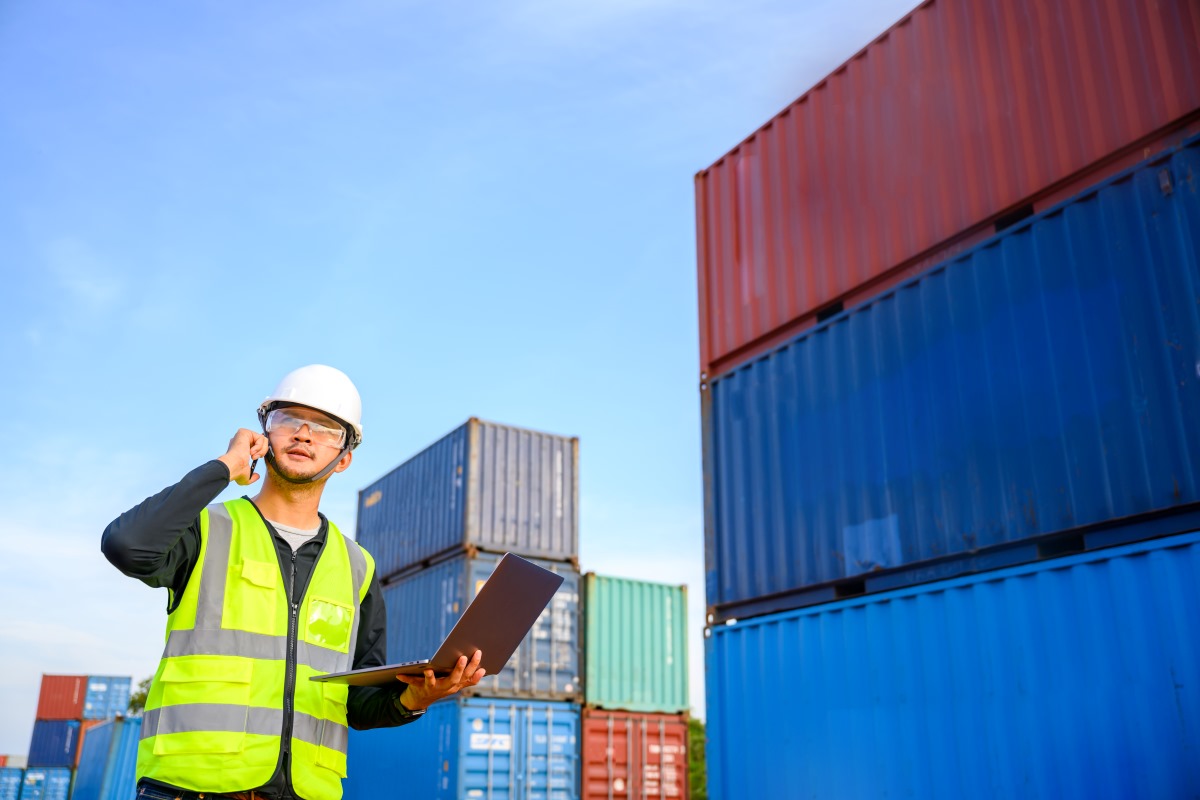In today’s interconnected world, the efficient movement of goods across continents is essential for a thriving global economy. At the core of this intricate logistics network are freight containers that transport a diverse array of products, ranging from clothing to electronics. However, ensuring the safety and timely arrival of these containers requires sophisticated tracking systems. This blog delves into the diverse technologies that underpin these systems, providing an in-depth exploration of their functionalities.
Ocean Container Tracking
Understanding the two primary tracking levels is crucial for effective logistics management:
Ocean Container Tracking: This level oversees the entire container, making it particularly suitable for Full Container Load (FCL) shipments. It provides a holistic view of the container’s journey from origin to destination, tracking its progress across various ports and vessels.
Port-to-Port Tracking: This subcategory focuses on monitoring the container’s movement from one port to another. It allows for efficient coordination between different terminals and shipping lines, optimizing the overall transit time.
Vessel Tracking: This aspect involves real-time monitoring of the vessel carrying the container. It provides insights into the vessel’s route, current location, and expected arrival times at different ports, enabling better operational planning.
Customs Clearance Tracking: Ocean container tracking also includes features that monitor the progress of customs clearance procedures at different ports. This ensures compliance with regulatory requirements and minimizes delays in the shipping process.
Shipment Level Tracking: This level focuses on individual items within a shared container, commonly known as Less-than-Container Load (LCL) shipments. It allows for detailed tracking of each item’s location, providing a more granular understanding of the cargo’s journey.
Unveiling the Tracking Technologies
Exploring the tools that drive these tracking systems reveals the intricacies of the logistics process:
Data Aggregators:
Functioning as information hubs, data aggregators collect information from various sources, including shipping lines, ports, and terminals. While offering a broad perspective, they depend on external data sources, which may have limitations.
Smart Containers:
Equipped with sensors monitoring temperature, humidity, and security, smart containers provide real-time data on cargo conditions. However, the advanced technology comes with associated costs.
GPS Container Tracking:
Utilizing standalone GPS devices attached to containers, this technology offers precise location updates. While cost-effective, it may face limitations during inland journeys or when obstructed by cargo.
RFID (Radio Frequency Identification):
Tags attached to containers transmit data when in proximity to RFID readers at specific checkpoints. This system provides visibility at key points but may miss updates during extended stretches.
Cellular Networks:
Devices enabled with cellular connectivity offer real-time tracking capabilities but may prove expensive, especially for global journeys.
Choosing the Right System: Tailoring Solutions to Your Requirements
Selecting an appropriate tracking system involves considering various factors:
Budget:
Evaluate the cost of the technology and any ongoing subscription fees associated with it.
Cargo Type:
For sensitive or high-value goods, real-time temperature monitoring provided by smart containers may be essential.
Route:
Optimal tracking solutions depend on the journey type, with data aggregators suitable for ocean-only routes and GPS or cellular solutions favored for multi-modal transport.
The Future of Tracking: Innovations Shaping the Industry
As the logistics landscape evolves, future innovations promise to redefine container tracking:
Blockchain:
This technology securely records every step of the journey, enhancing transparency, traceability, and trust in the supply chain.
Satellite-based Tracking:
Offering global coverage, satellite-based tracking eliminates blind spots, particularly in remote areas.
IoT (Internet of Things):
Integrating various sensors and data sources, IoT provides a holistic view of the supply chain, enabling more informed decision-making.
By gaining a comprehensive understanding of these tracking technologies and their potential applications, stakeholders can confidently navigate the dynamic world of logistics, ensuring the safe and timely delivery of cargo across the global supply chain.
Patang Global Visibility Platform – Your Partner for Ocean and Air Cargo Visibility
Patang provides real-time visibility for both ocean and air shipments. Patang seamlessly integrates with ocean container tracking systems, offering a unified platform that ensures continuous monitoring from the point of origin to the final destination. This innovative technology leverages cutting-edge algorithms, satellite-based tracking, and AIS service providers to deliver unparalleled accuracy in location updates and milestones through notifications & alerts.
By embracing Patang you can navigate the complexities of logistics with confidence, ensuring the safe and timely delivery of cargo across both maritime and aerial routes.


